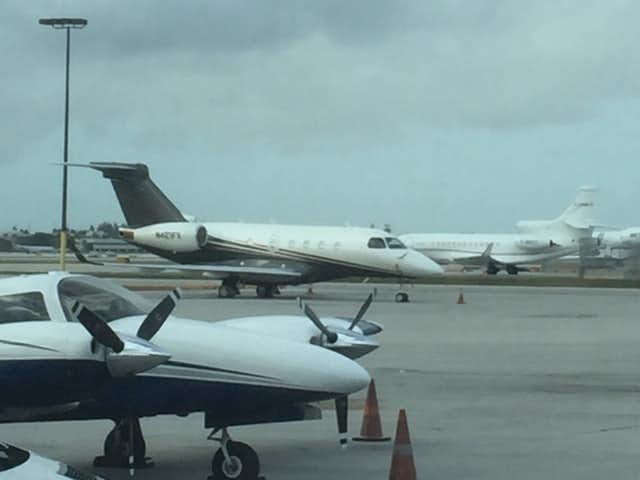
Newly updated research conducted by PricewaterhouseCoopers LLP revealed that general aviation supports a total 1,179,200 jobs and $246.8 billion in total economic output in the U.S. annually.
The researcher found that each industry job created 3.3 jobs elsewhere in the economy.
It also found the business of general aviation is a big winner for the U.S. when it comes to international trade.
Exports of commercial and general aviation aircraft, engines, and parts reached $131 billion in 2018 with exports exceeding imports by $75 billion in 2018.
PwC estimated that overnight passengers on general aviation aircraft spent $1.9 billion on meals and $4.2 billion on lodging in 2018.
The study found general aviation created 421,000 jobs in the Service area, 88,300 jobs in Wholesale and Retail Trade, 84,700 positions in Finance, Insurance, Real Estate, and Leasing, 81,800 jobs in Transportation and Warehousing, and 51,100 jobs in Manufacturing.
The report also highlighted how private aviation brings economic benefits to far-flung locations.
Compared with just 563 airports that service commercial air transportation, there are more than 19,000 landing facilities in the United States that serviced general aviation aircraft in 2018, including airports, heliports, seaplane bases, and other facilities.
California benefitted the most with 148,300 jobs created by your private flights, followed by Florida (94,900 jobs), Texas (90,100), Georgia (56,700), Ohio (43,700), New York (43,200), Illinois (41,800), Arizona (40,200), Kansas (37,800), and Pennsylvania (32,900).
Ranking states on private aviation’s total output per capita show how private jets, turboprops, pistons, and helicopters reach to even smaller states.
General aviation generates $3,278 per capita in Kansas, while North Dakota was second ($2,062), followed by Iowa ($1,848), Alaska, ($1,726), Connecticut ($1,587), Georgia ($1,362), Minnesota ($1,276), Arizona ($1,161), Vermont ($1,100), and Wyoming ($999).
The General Aviation Manufacturers Association (GAMA), Aircraft Electronics Association (EAA), Aircraft Owners and Pilots Association (AOPA), Experimental Aircraft Association (EAA), Helicopter Association International (HAI), National Air Transportation Association (NATA) and National Business Aviation Association (NBAA) sponsored the study, with the support from JETNET LLC. and Conklin & de Decker.
“As this important study reminds us, general aviation remains an essential and powerful contributor to our nation’s economy, providing critical services to citizens, companies, and communities across the country,” said NBAA President and CEO Ed Bolen.
He added, “Hundreds of lawmakers at the federal, state and local level have recognized the industry’s vital role in America’s economy and transportation system – a role that will only grow more important as the industry continues to innovate and evolve in the years to come.”
Pete Bunce, General Aviation Manufacturers Association president and CEO Peter Bunce, added, “This study confirms that general aviation continues to have a very significant impact on the U.S. economy.
“Studies and industry collaborations like these are invaluable to our efforts to demonstrate to policymakers at the local, state, and federal levels the impact of general aviation to communities,” said NATA President and CEO Timothy Obitts.